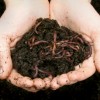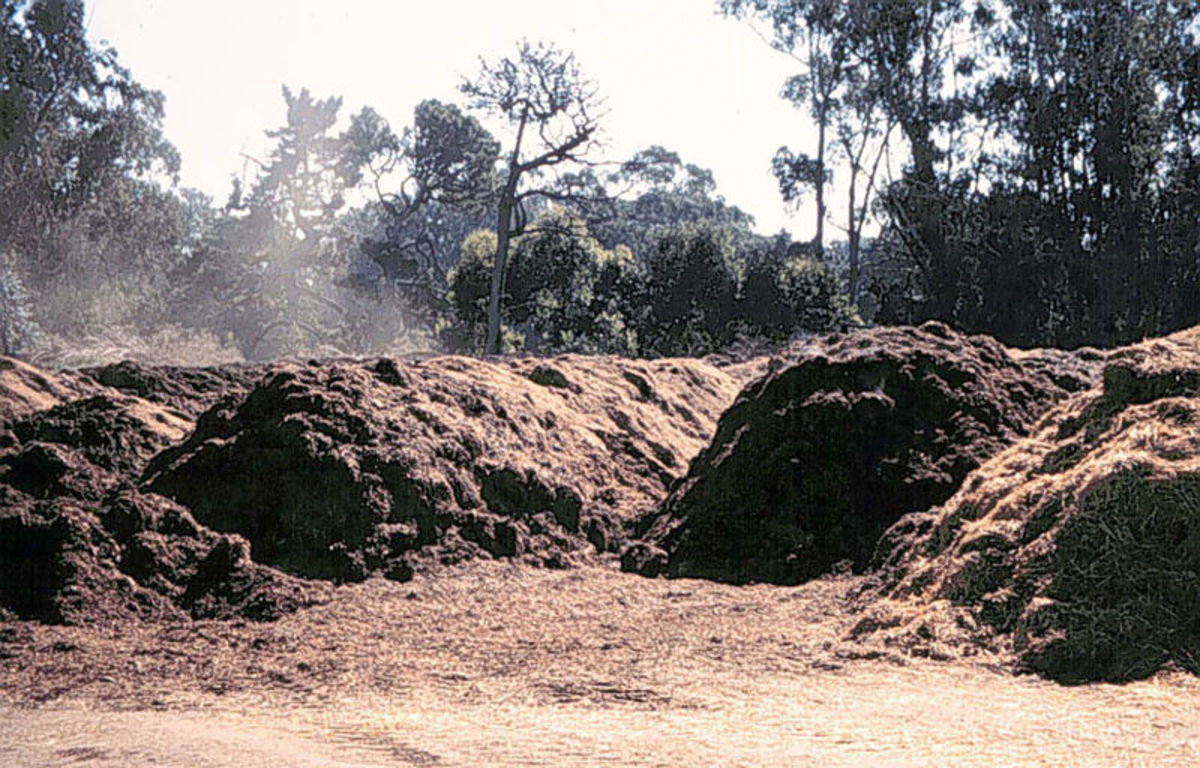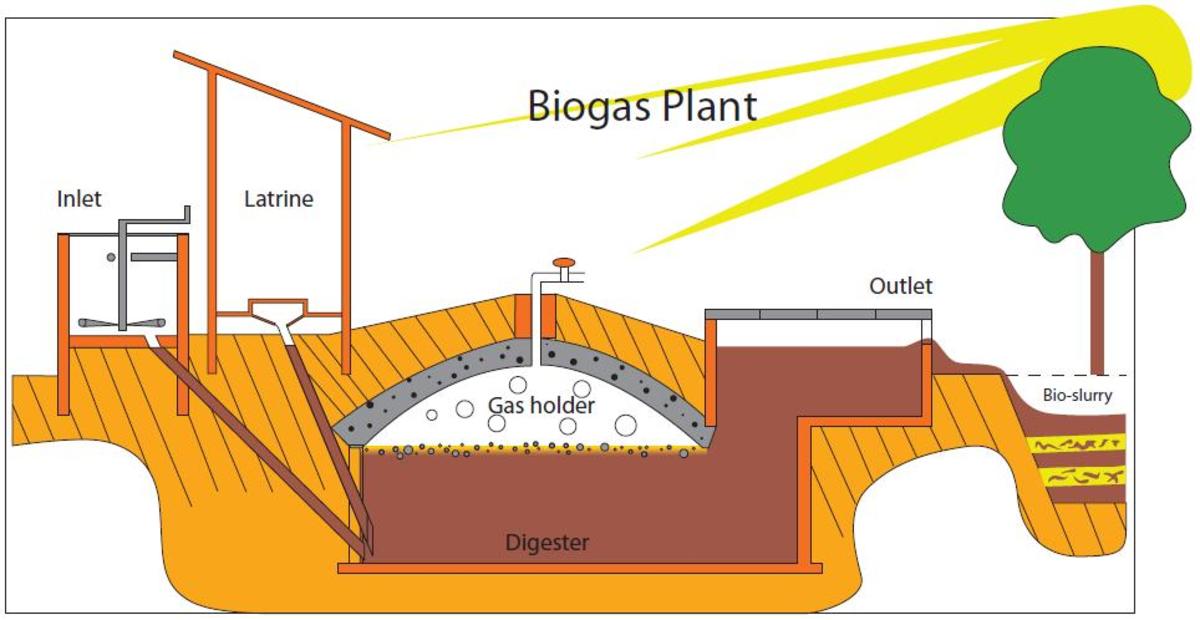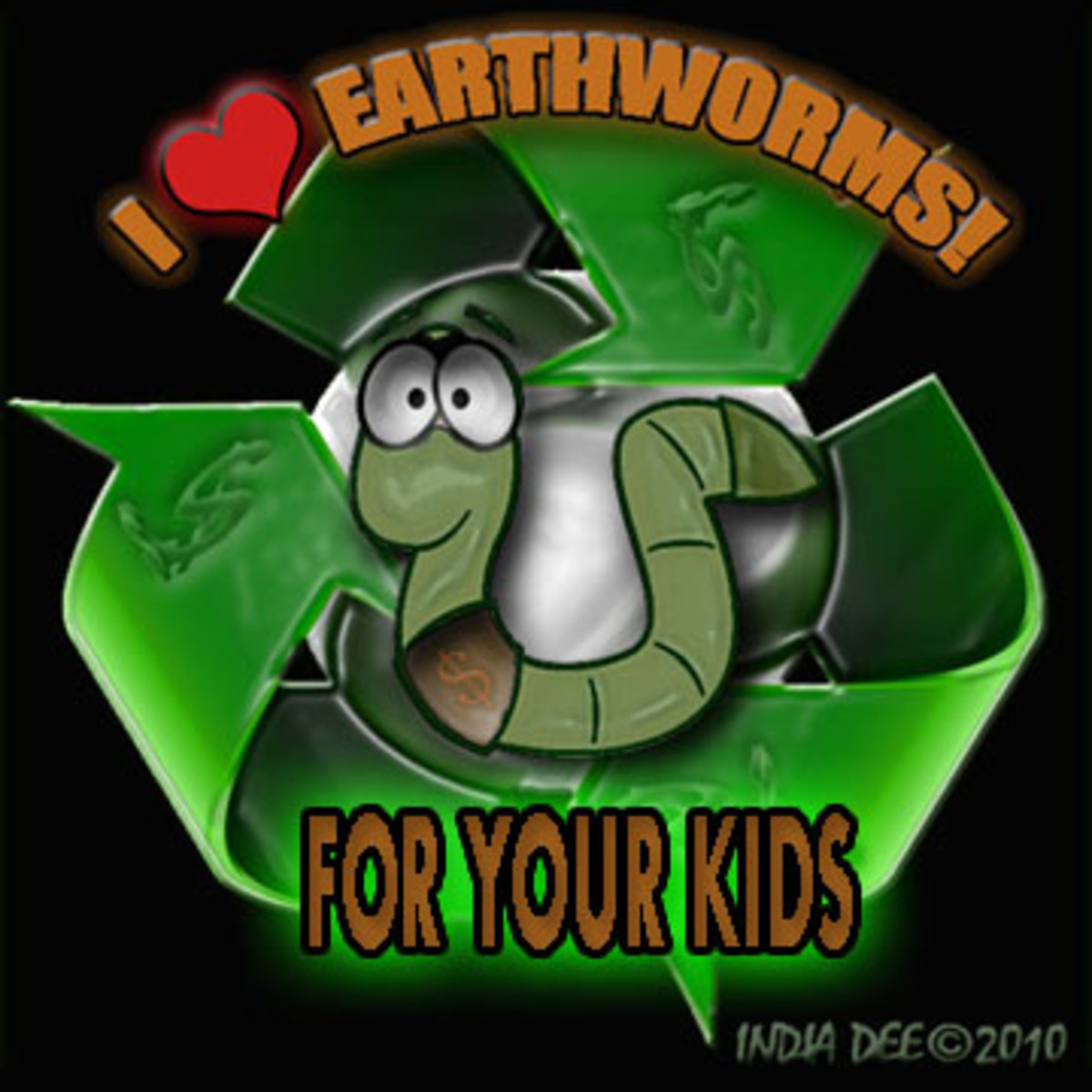Organic Scraps For Your Worm Bedding

Worm bedding is typically composed of organic materials (can be composed of scraps from the kitchen and yard). It is also one of the most important components when raising and breeding worms. The worms bed is also a section in the bin that helps keep both water, oxygen, and live organisms at a state of balance. And keeping a moist bedding also provides a safe haven where composting worms can freely thrive and procreate. You can learn more about the composition of worm beds by reading further of this article.
Using Newspaper or Cardboard Shreds
You can use old newspaper or cardboard that has been previously torn into long shreds or strips (these can also be considered as the worms primary food source). You’ll need to have these fluffed and soaked with some water as well (helps soften the edges of the paper). This can be your primary bedding material, but you can also add in some dead leaves to avoid getting the pieces of newspaper or cardboard to turn compact. You can also have these piled into layers up to about 2 to 3 inches high (perfect for a bin that has a depth of about 12 to 18 inches). Note: prevent from using paper that are glossy or has colored ink printed on it (the worms may get poisoned from eating off of these).
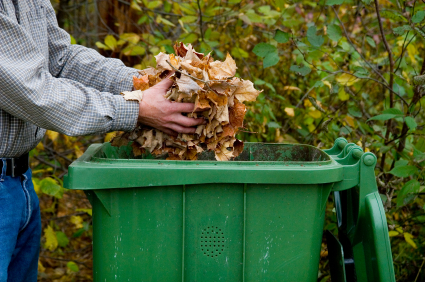
Using Dead/Dry Leaves
You can also use organic waste that are in the form of dead or dry leaves (to help simulate the natural habitat of worms). It’s best that you create a home that best simulates their original environment using natural raw materials. Now when using leaves in this form, make sure that you also have these moistened before putting them inside the bin.
- Buy Red Worms
Buy red worms online at GardenWorms.com and receive healthy worms for composting right at your doorstep. Choose from Red Wiggler worms or European Nightcrawlers or even buy some equipment for your organic gardening needs.
Coconut Coir
Whether you raise Red Wiggler worms or European nightcrawlers, your worms will surely love being in coir bedding due to its ability to retain moisture. Coir is actually made out of coconut husk fiber shreds. It’s also been considered us one of many valuable bedding materials since it doesn’t compact and doesn’t expel any odors. And just like your dry leaves, you’ll also need to have your coconut coir soaked in some water too (leave these in the water for at least 20 minutes), before adding these into the bin.
Other worm bedding materials
You can also add in some loose soil into your worm bin. You can also consider using some loam or black topsoil as these are also good choices for a worm bedding material. Other materials such as presoaked peat moss, straw, sawdust can also be added into the worm composting bin.
More Helpful Articles On Vermicomposting:
- Worm Composting: The Must Know Earthworm Facts
Take care of your wiggly friends by understanding them better. Read interesting earthworms facts and helpful ideas on vermicomposting. - Effective Worm Composting in the Winter
Make your composting worms survive the winter through these helpful tips. - Red Worm Bin: Composting with Red Worms
Now that you have an idea of what vermicomposting is, it’s time that you familiarize yourself with all the things that you need to start. We begin with the basic needs when composting with red worms. As we people are in need of a house, so with your
